How Do I Know If It’s Time to Replace My Front Door?
June 2nd, 2025
6 min read
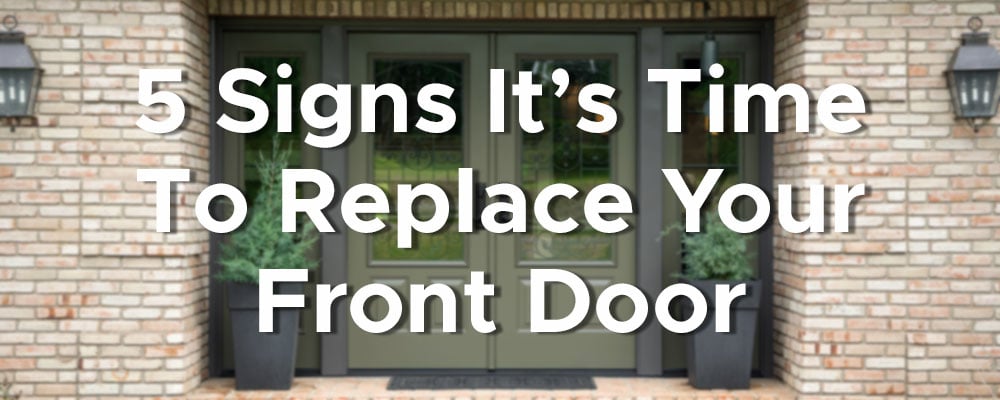
Is your front door starting to stick, creak, or let in cold air? Do you feel a draft every time you walk past it, or notice your energy bills creeping higher each month? Those little issues could be signs of something more serious, like hidden rot or a security risk. Creating little peace of mind for your home and your belongings safety.
At Energy Swing Windows, we’ve helped hundreds of Pittsburgh homeowners spot these warning signs early. Whether it’s an original wood door from the 1960s or a builder-grade door that’s already breaking down, we’ve seen how small red flags can lead to big problems fast.
In this article, you’ll learn the five most common signs your front door needs replacing and why taking action now can save you money, increase comfort and curb appeal, and protect your home from future damage.

Why Should You Pay Attention to Your Front Door?
Most homeowners don't spend much time thinking about their front door until something goes wrong. But this one piece of your home does a lot more than open and close. It protects your family, helps regulate your energy use, and shapes how your house looks from the street.
A front door plays three major roles:
- Curb appeal booster: A new front door can increase home value and has a national average ROI between 60%-65% (depending on material choices).
- Energy efficiency gatekeeper: It blocks (or leaks!) drafts and heat
- Security defender: A sturdy door deters break-ins and protects your family
And when it gets worn out? Expect everything from higher bills to safety concerns to rot that spreads beneath the surface.
So what should you watch out for? Let’s dive into the most common signs it’s time to consider an upgrade.
1. Is Your Front Door Hard to Open, Close, or Lock?
Doors should open and close with ease. If yours sticks, creaks, or requires muscle to latch properly, it might be a sign of bigger issues beneath the surface.
This is especially common in older homes across the Pittsburgh region. Over time, your home will settle, causing the opening where your door sits to be distorted and putting pressure on your door.
On top of that, doors can warp, swell, or shift due to moisture and temperature changes. And those 1950s or 60s wood doors? They weren’t built to handle the freeze-thaw cycles we get here. Even newer builder-grade doors from the 90s and 2000s may have cheap materials (like thin and flimsy steel sheet covering) that degrade faster.
Why it happens:
- Warping from moisture and temperature swings (especially in Pittsburgh’s humid summers and frigid winters)
- Swelling and contraction in older wood doors
- Delamination in builder-grade doors from the 90s–2000s
- Poor installation: gaps, misalignment, and lack of insulation
What you might notice:
- Loose or jiggly locks
- Locks that can not be operated without difficulty
- Peeling or rotting trim, especially at the corners
- Visible daylight through gaps
- Soft spots or damage around the frame
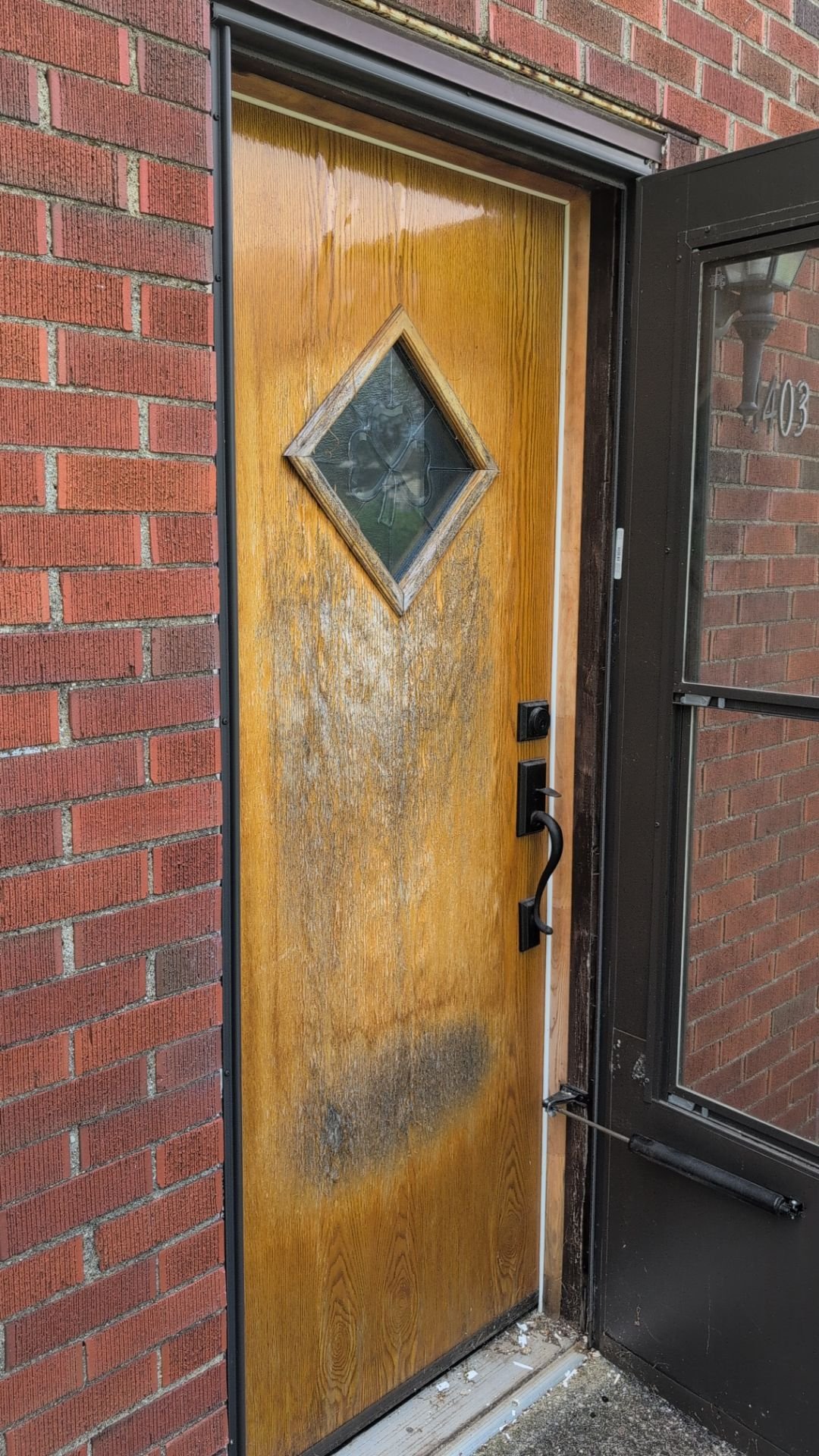
Doors that don’t function properly can also be a major security risk. And the longer you wait, the worse it gets—just like a rip in your jeans, that little gap becomes a huge hole.
If your door is fighting you every time you leave the house, it’s time to investigate what’s really going on behind the frame.
Next, let's talk about what those tiny gaps and sticky spots are doing to your energy bills.
2. Is Your Front Door Causing Drafts or High Energy Bills?
Noticing a chill near your door in the winter or a spike in your utility bills? Your front door could be the culprit.
That’s air flowing in and your hard-earned heating and cooling dollars flowing right out. In a climate like Pittsburgh’s, where winters are long and summers humid, you’re losing money all year round.
Energy efficiency red flags:
- Light coming through the edges of your door
- Cold floors near the entryway
- Drafty air even when the door is closed
What makes today’s doors better:
- Fiberglass or steel construction: More durable and insulating than older wood cores
- Expanded polyurethane foam cores: Custom-filled and fully sealed
- Precision fitting: Measured tight, and properly sized to reduce air gaps
- Proper installation: Insulation between the frame and house, sealed with caulk and trim
If you can see light, air (and money) is slipping out too. It can be a major sign that it’s time to make your home more comfortable and more efficient.
3. Is Your Front Door Damaged or Worn Out?
A beat-up door doesn’t just look bad; it might be hiding deeper issues underneath.
If your door is cracked, rusting, or peeling, those cosmetic concerns are often early warning signs of structural deterioration. Moisture is the biggest enemy here. Once it seeps in, it can rot the frame, damage flooring, and even affect the subfloor below.
Common signs of wear:
- Cracks or splinters in the panel or frame
- Rust, especially near the bottom or on hardware
- Water stains or peeling paint
- Dated or yellowed glass inserts
- Worn-out hardware (think: tarnished or jiggly handles)
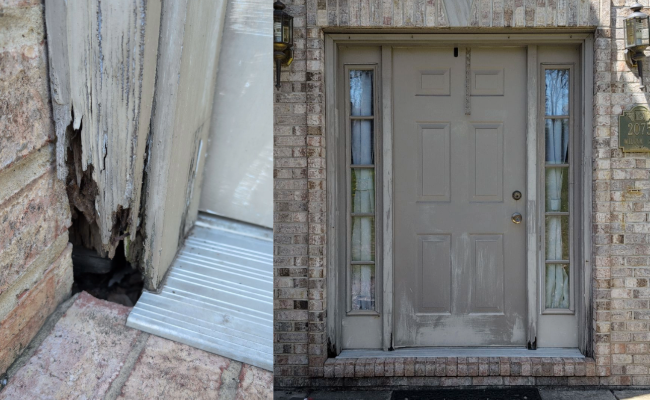
This is a wooden door frame that is experiencing severe rot from poor protection from the harsh Pittsburgh elements.
Moisture damage warning: If water is getting in, it can rot not just the door and frame, but your home’s subfloor and even tile or carpet beneath it. We’ve seen cases where you could see down into the basement after pulling the door! Once rot sets in, it spreads fast.
Not sure whether fiberglass or steel is better for your home? Check out our comparison of fiberglass vs. steel entry doors to see which one holds up best in Pittsburgh weather.
4. Is Your Front Door Letting in Outside Noise?
Is your front door doing a poor job of keeping the peace inside your home?
Many homeowners don’t realize how much sound can travel through a poorly insulated or hollow door. If your entryway lets in street noise, barking dogs, or loud neighbors, chances are it’s not doing much to protect your privacy or your comfort.
Why noise leaks through:
- Thin, hollow-core doors let sound pass through easily
- Gaps around the frame let noise in, just like air
- Single-pane or unsealed glass inserts don’t block much sound
What helps:
- Solid polyurethane foam cores
- Tempered glass with argon seals
- Custom-fit frames with weatherstripping
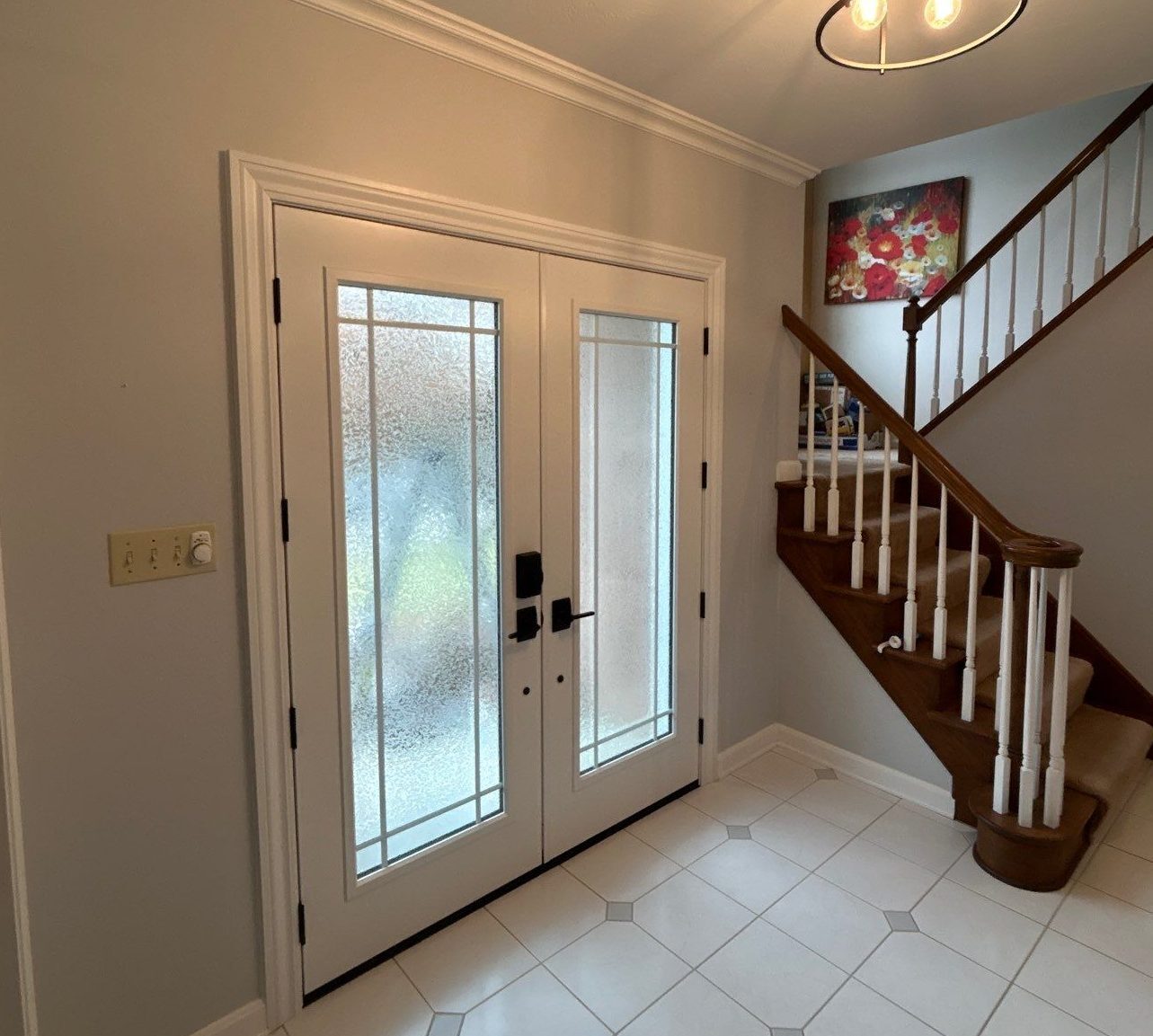
You don't have to sacrifice privacy for natural light. This Venetia, PA home went with full-view privacy glass so they can enjoy the best of both worlds.
And let’s be honest, privacy matters too. A solid door should keep sound and sightlines where they belong. You’ll notice the difference in how quiet and secure your space feels. Even a new door with decorative glass has styles that offer privacy. A new door doesn’t just look better, it makes your home feel like a sanctuary again.
And if your door looks outdated, that may be your next clue.
5. Is Your Front Door Outdated or Hurting Your Curb Appeal?
Think of your front door like a handshake. What does yours say about your home? If it’s stuck in another decade, it might be clashing with your home’s style or bringing down its perceived value.
We see this a lot in Pittsburgh suburbs where homeowners have updated siding, roofing, or landscaping, but left the original door untouched.
Signs it’s time for a style refresh:
- Outdated finishes and hardware (we’re looking at you, brass)
- Faded, chalky paint
- Glass styles and shapes (like ovals) that don’t match your home’s architecture
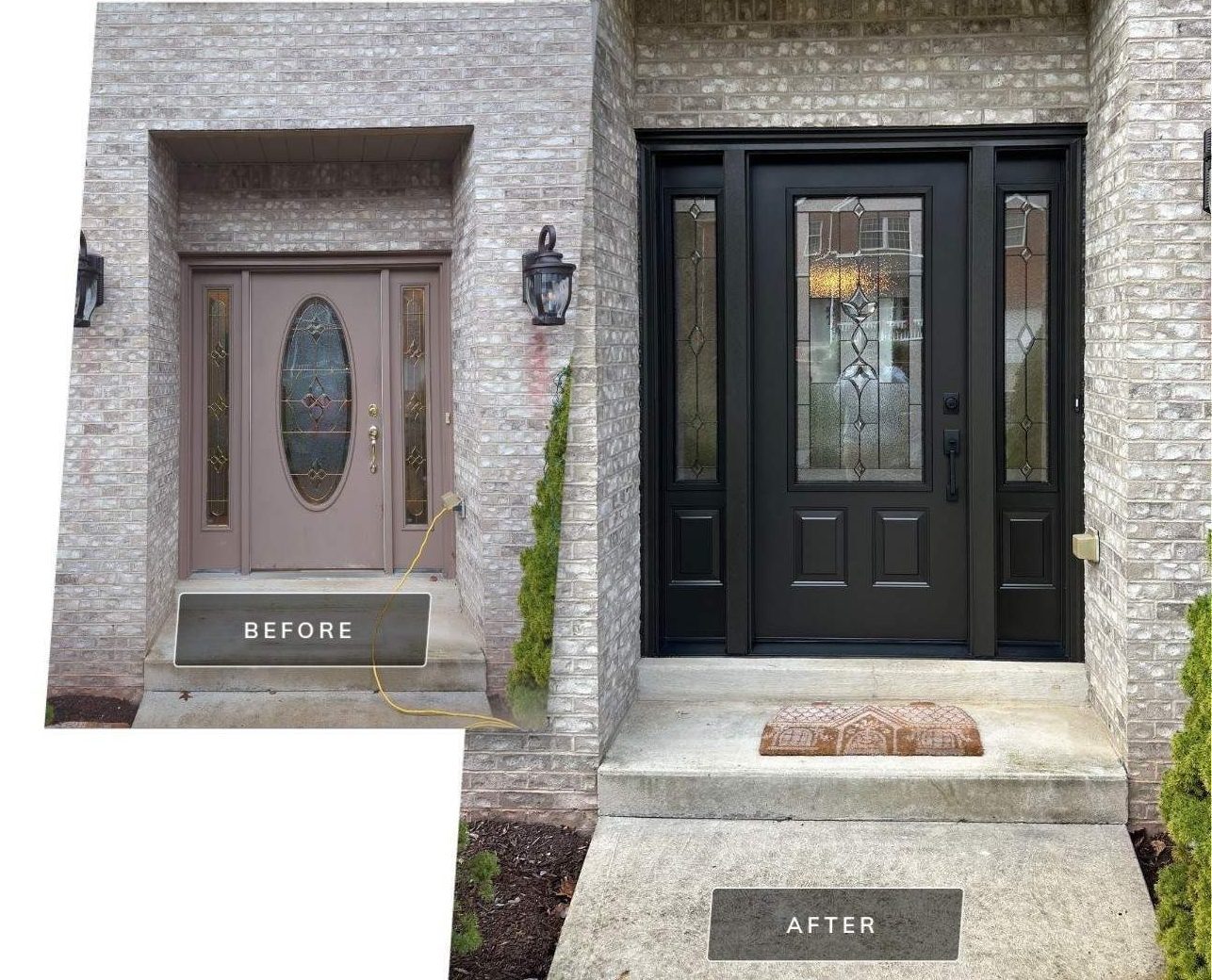
What’s trending now:
- Darker finishes: Matte black and deep blue are in
- Wrought iron hardware and keypad smart locks
- Three-quarter glass panels for more light without sacrificing privacy
- Glass obscurity options for privacy that looks high-end
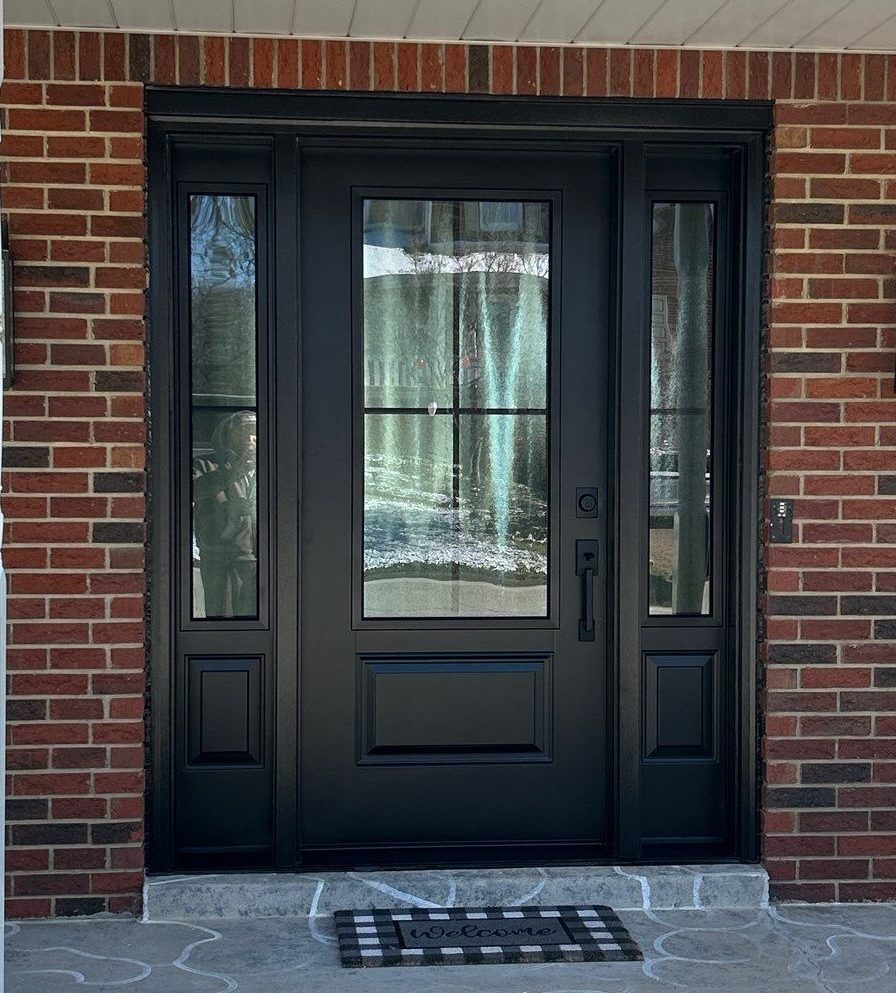
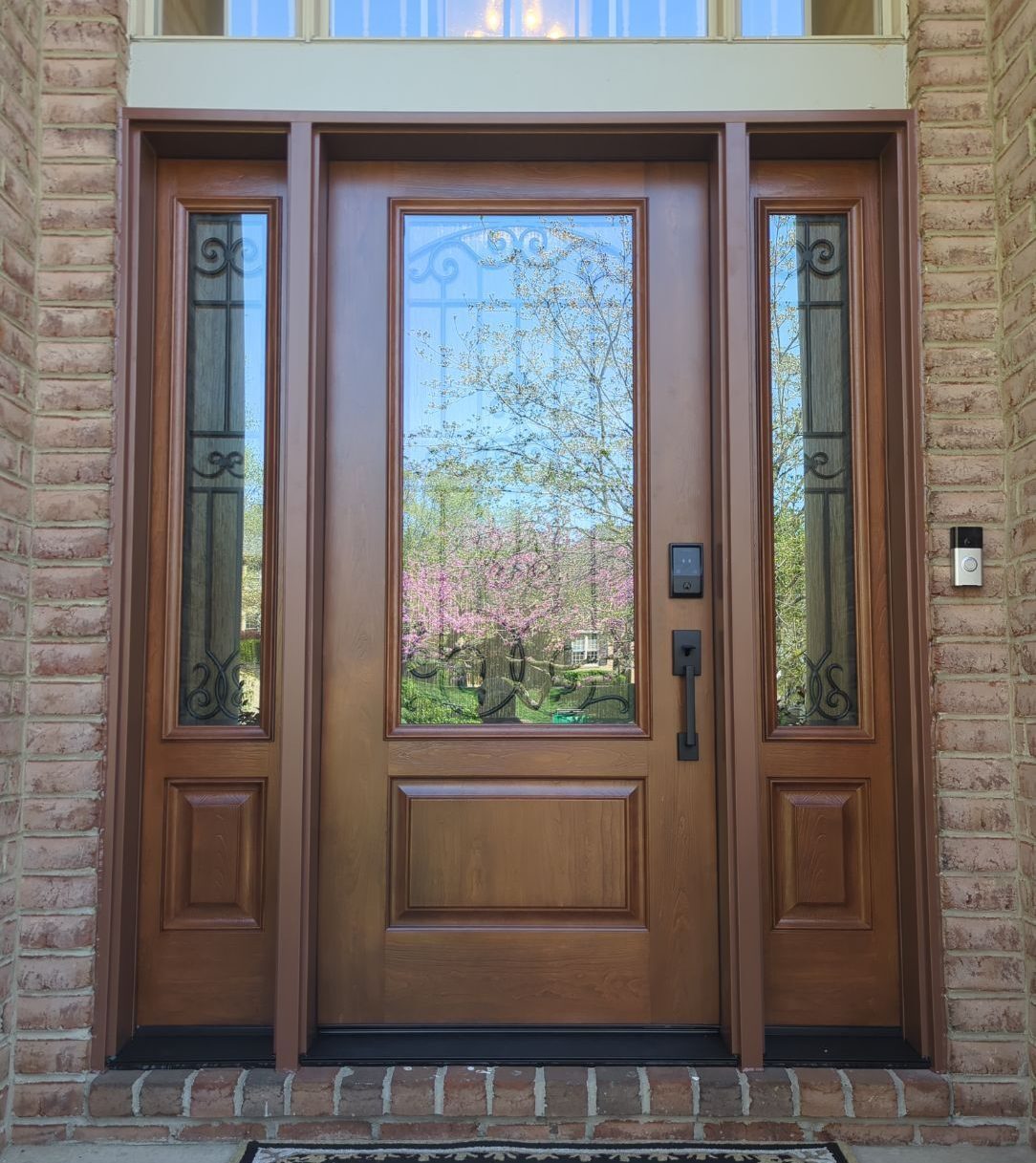
When choosing a door, it should match your home’s architecture. Whether that’s Colonial, Craftsman, or Modern Farmhouse. A door that fits not only updates your look but increases your home’s value in the eyes of buyers and guests alike.
If your house has grown up and your door hasn’t, now’s the time to help them match.
Let’s wrap up with why ignoring these signs could cost you big.
What Can Happen If You Don’t Replace Your Old Front Door?
Putting off a door replacement might seem like no big deal, but it can quickly become one. The longer you wait, the more you risk. Here’s what’s at stake when problems don’t get addressed:
- Higher energy bills month after month
- Reduced security and peace of mind
- Lower home value and diminished curb appeal
Beyond that, moisture issues can spread, hardware can fail, and security can be compromised. And when the time finally comes to sell? That door will speak louder than you think.
The key takeaway? This isn’t just about looks. It’s about performance, protection, and long-term value.
If your door is sending signals, don’t ignore them. Acting early can save you time, money, and stress down the road.
What’s the Best Replacement Front Door for Your Home?
If you’ve made it this far, you might be thinking about next steps. Replacing your front door is a home improvement project that in a short amount of time, can make a big transformation to your home. But not all replacement doors are created equal.
Here’s a quick breakdown to help you compare:
Ready to explore what your ideal door looks like?
Visit our Monroeville Design Center or use our entry door pricing estimator to see real options that match your style and needs.
Are These Small Signs Causing You Big Consequences?
At the end of the day, a sticking door or rising energy bills might feel like small problems—until they’re not.
Now that you’ve learned how to spot the signs early, it’s time to act before it becomes an expensive fix.
Your next step? Use our door pricing estimator or schedule a visit to our Design Center. We’re Energy Swing Windows, and we’ve helped thousands of local homeowners protect their homes with expertly installed, energy-efficient doors. Now, we’re ready to help you, too.

